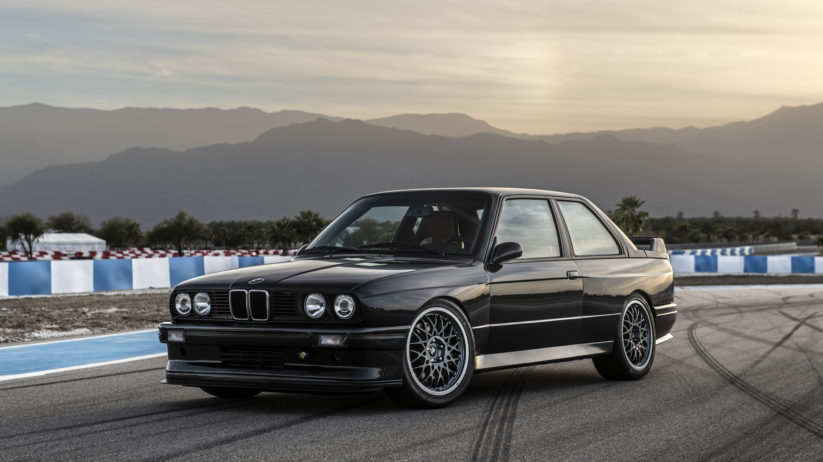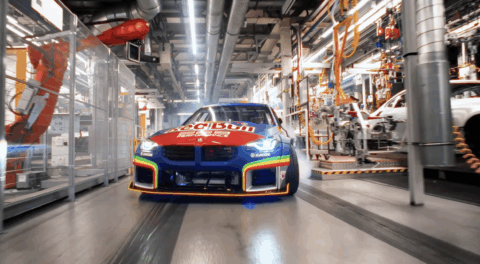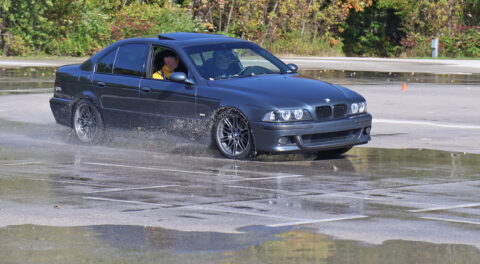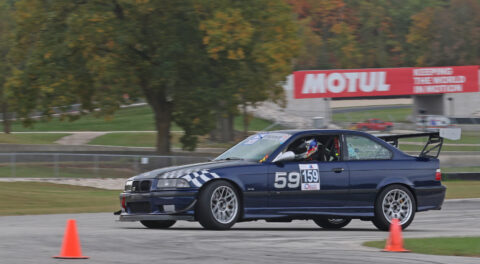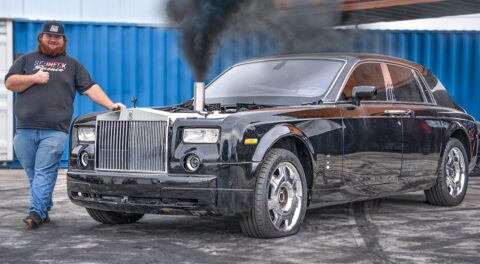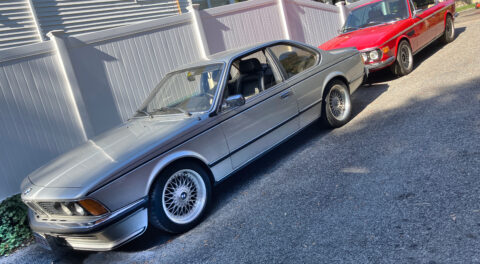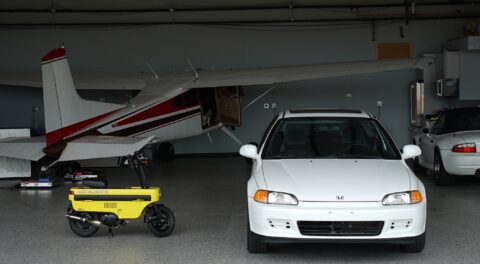It was during the summer of 2015 that automotive news-media outlets first circulated the story of the Redux E30 M3 Leichtbau, which promised to take one of the most exalted cars ever manufactured to the next level of performance and engagement. Now, roughly four years later, the first in a series that is expected to extend to 30 cars has been delivered to its owner in Southern California, and extensive details of the build have been made public.
Officially referred to as the BMW E30 M3 Enhanced and Evolved by Redux, changes over a standard E30 M3 are numerous. The modifications are supposedly aimed at making the first-generation M3 into a race-inspired street car—or perhaps a better one, as that’s what it was from the factory. Specific pricing has not been released, but builds like these do not come cheap; the cost of entry to E30 M3 ownership has skyrocketed over the past several years, and the construction process itself has been estimated to run up a tab comparable to the outlay needed to purchase a new Ferrari—whether that Ferrari is a Portofino or an 812 Superfast is another question.
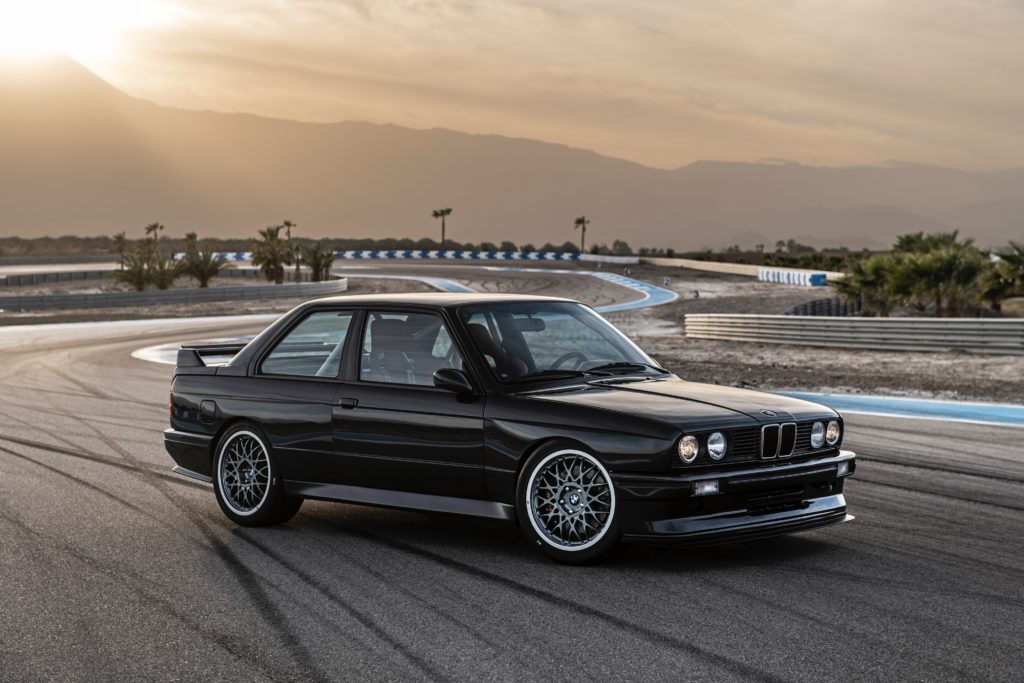
It is clear by the build sheet alone that the goals of enhancing and evolving the E30 M3 beyond the era from which it came have been achieved. It’s lighter than any road-going E30 ever was; the shell is media-blasted, heat-treated, and then substantially reinforced; and the turbocharged S14 beneath the hood displaces 2.5 liters while making use of custom internals and a BMW Motorsport crankshaft. The engine generates 390 horsepower and identical torque numbers, a substantial increase over the most powerful of the first-generation M3 variants ever sold to the public.

Instead of conventional steel or plastic, carbon-fiber is used in places like the front bumper and fenders, and future builds are said to be available with a carbon-fiber hood, while having the roof panel made of the material is described as a premium option. But even with the panels in place, the body of the enhanced and evolved M3 looks nearly indistinguishable from a conventional E30 M3, largely thanks to heavily flared fenders which were present from Day One.
The suspension is given a subtle drop and improved control by way of EXE-TC three-way dampers all around, although a four-way adjustable set can be specified as another premium option. Wheels are an interesting set of DTM-inspired monoblock mesh items made from aluminum, which are pictured wearing 210-section Hoosier slicks, while conventional road-going builds will come standard with Michelin Pilot Sport rubber.
Although exterior alterations aren’t particularly noticeable, one thing that stands about the E30 M3 Enhanced and Evolved by Redux is the overall fit and finish. The entire construction process is carried out by hand, and includes a full pre-fitment of all body panels and components prior to a final installation, which is followed by preparation and paint. The finishing procedure is also impressive in its own right, with a water-based Glasurit paint formula applied, and then many hours of subsequent wet-sanding and polishing to achieve a mirror-like finish with no discernible orange peel.
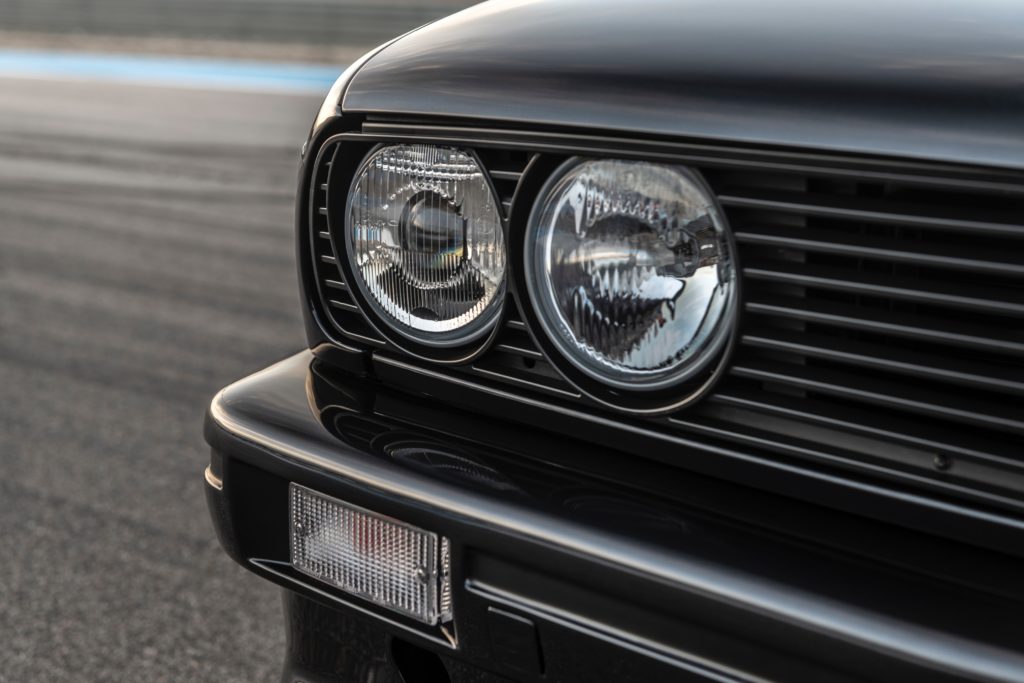
The beating heart of the E30 M3 is one of the integral components that helped to put the car on the map. Tracing its lineage directly back to motorsport, with the block of the venerable M10 mated to the technologically advanced twin-cam head of the M88, the S14 was the brainchild of Paul Rosche, and set BMW on a path to build some of the best race-derived engines ever fitted to production cars. Known for its rev-happy personality, which necessitated use of the full rpm range to extract full performance, the S14 has earned a reputation as one of the most engaging of BMW power plants.
To further the goals of enhancing and evolving the E30 M3 from the decade of the 1980s, Redux chose a rather interesting route. Displacement is enlarged to the Evo III level of 2.5 liters, and internal components, like the pistons and connecting rods, are custom-made for the application. The crankshaft itself is of a BMW Motorsport design, and the turbocharger pushes 14.5 psi of boost at its tuned peak, which allows the four-cylinder to belt out 390 horsepower and 390 pound-feet of torque. There are various supporting systems and pieces of hardware, like a high-capacity radiator and other fluid reservoirs which appear to be made of metal. The engine is also connected to a custom wiring harnesses, which uses durable connectors. A naturally aspirated 2.5-liter design is also mentioned, but with no further details listed.
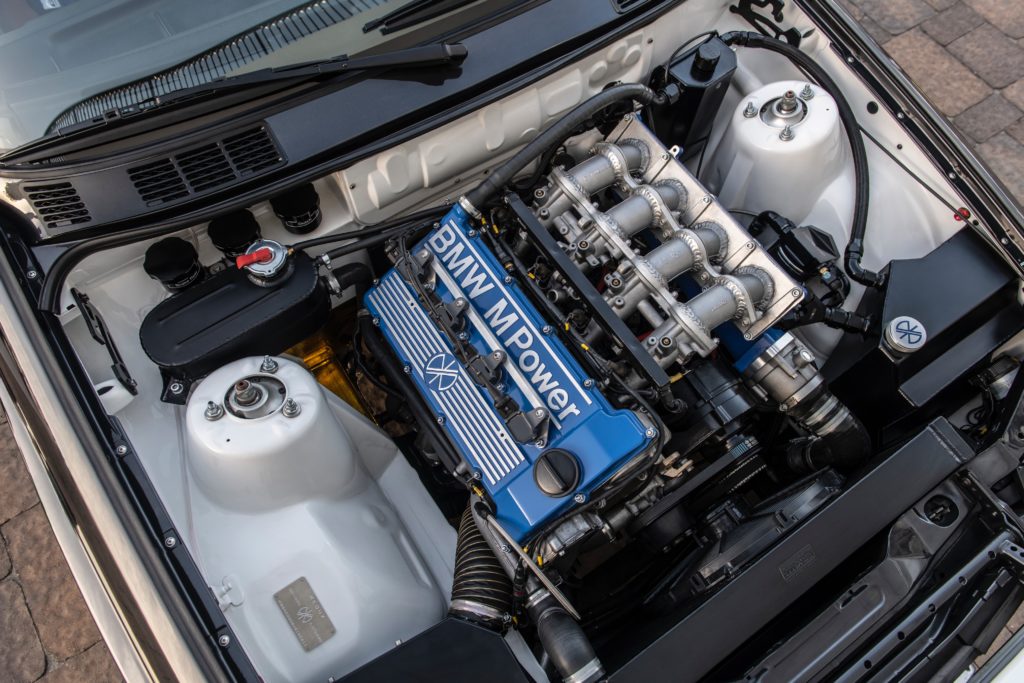
In addition to the suspension, brakes have also been upgraded by way of AP Racing six- and four-piston calipers, front and rear respectively, with enlarged rotors coming to future productions. The drivetrain was also built to withstand the forces generated by the engine, and employs a heavy-duty driveshaft, a twin-plate clutch and a lightweight flywheel, while a six-speed transmission with a DTM-style quick-shift setup routes power to the rear LSD. (If a six-speed in an E30 M3 seems sacrilegious, you’ll be pleased to know that a close-ratio five-speed will be fitted in builds to come.)
With the very first M3 going to a California resident, the stainless-steel exhaust system has been built to accept a removable set of CARB-approved catalytic converters so that the car can be registered, and enjoyed on public roads.
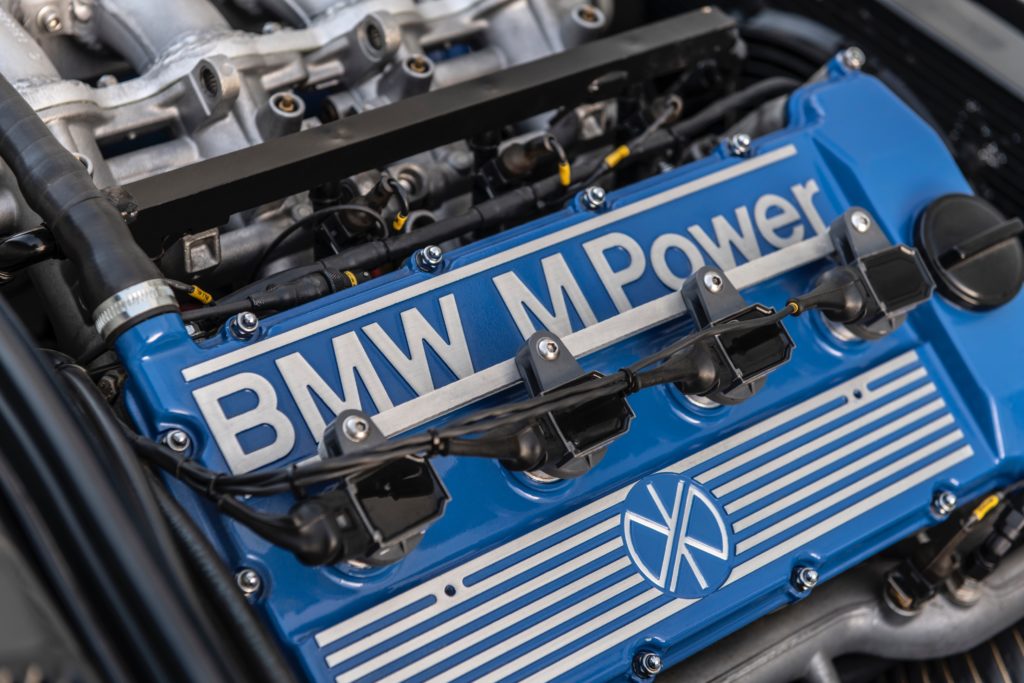
The cabin features nice materials; Alcantara is applied to the redesigned door panels and pillar trim pieces. The dash resembles the same one found in the standard car, but instead of the classic gauge cluster with a large and clearly legible speedo and tach directly in front of the driver, a Motec digital display now occupies the instrument binnacle. Further explanation reveals that this first build will be used almost exclusively for high-performance driving on tracks, which explains the Motec setup taking the place of what will be a conventional gauge cluster on future E30 M3 builds.
Wool carpeting and Recaro Profi SPG seats wrapped in contrasting leather are both nice touches, along with an AP Racing pedal box, but it should be noted that road-dedicated builds will come with Recaro SRD seats instead. The steering wheel, which resembles a three-spoke version of the Momo Irmscher from the 1980s, displays the Redux logo on the center Alcantara portion; it’s actually an Italvolanti Formel, while the shifter is the genuine BMW Motorsport golf-ball design. In addition to regular switchgear and controls that appear unchanged, and the digital gauge screen, the car retains the fragile plastic door handles—which many E30 owners have replaced multiple times over the years—and a modern Alpine head unit.
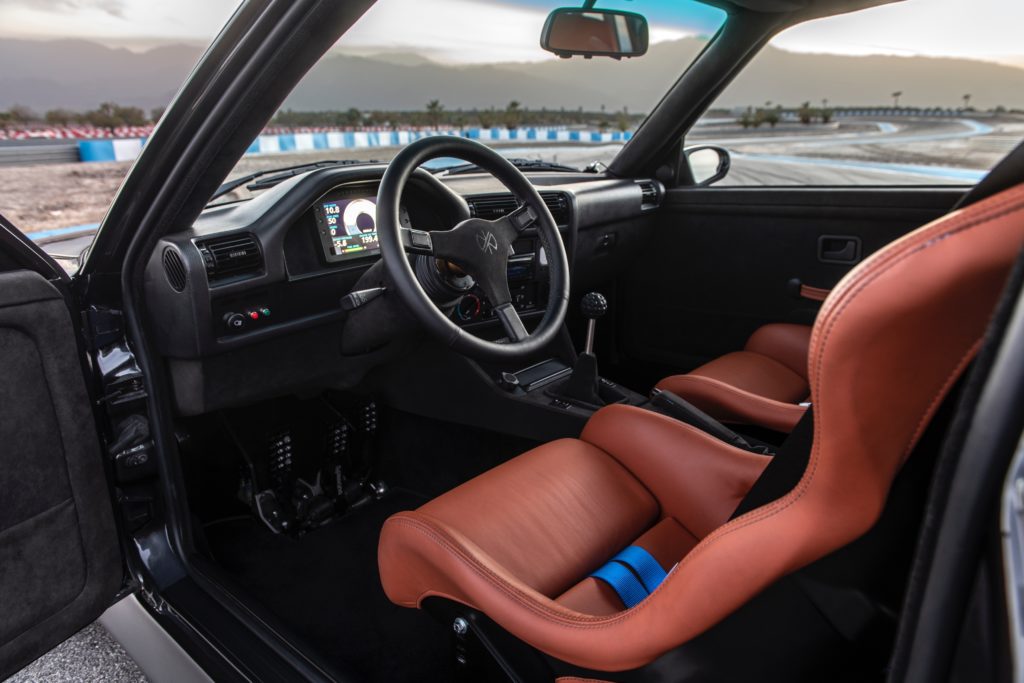
Some other interior highlights include a full roll-cage which is nicely integrated and partially hidden behind the custom pillar covers, and a deleted rear seat which is replaced with a removable bench. Extra sound-deadening and insulation are also listed, although curb weight is said to remain under 2,500 pounds. An alarm system rounds things out.
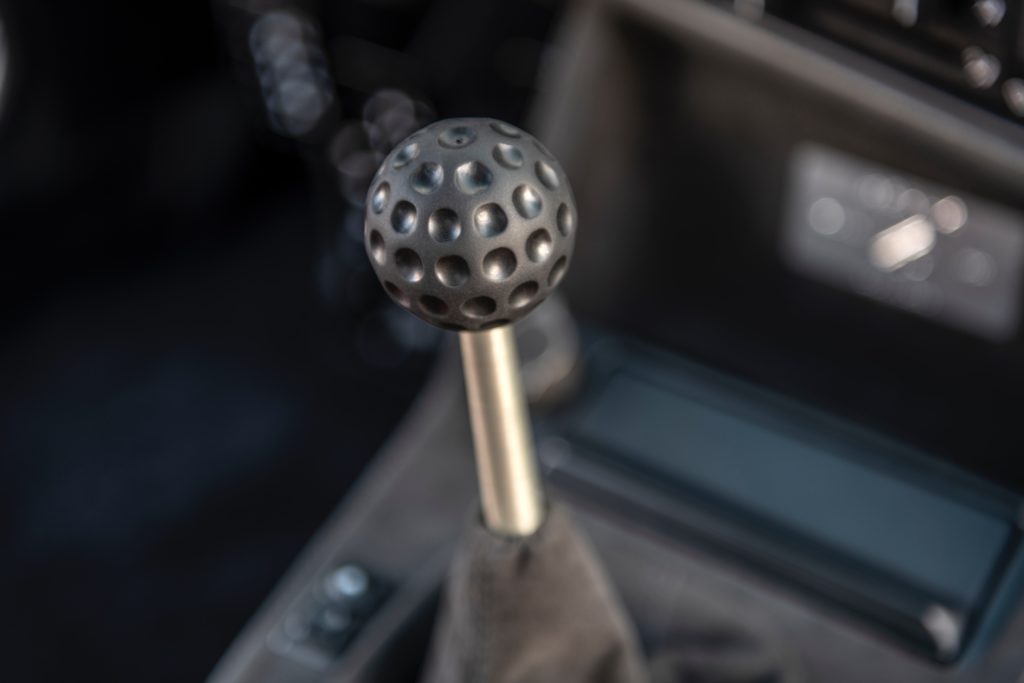
It’s clear that the entire E30 M3 Enhanced and Evolved by Redux endeavor has had a lot of time, resources, and thought put into it. So would you rather have an E30 M3 Enhanced and Evolved by Redux, a conventional E30 M3—Hennarot on black for me, please!—or something else altogether, like a brand-new M2 Competition?—Alex Tock
[Photos courtesy Drew Phillips.]

